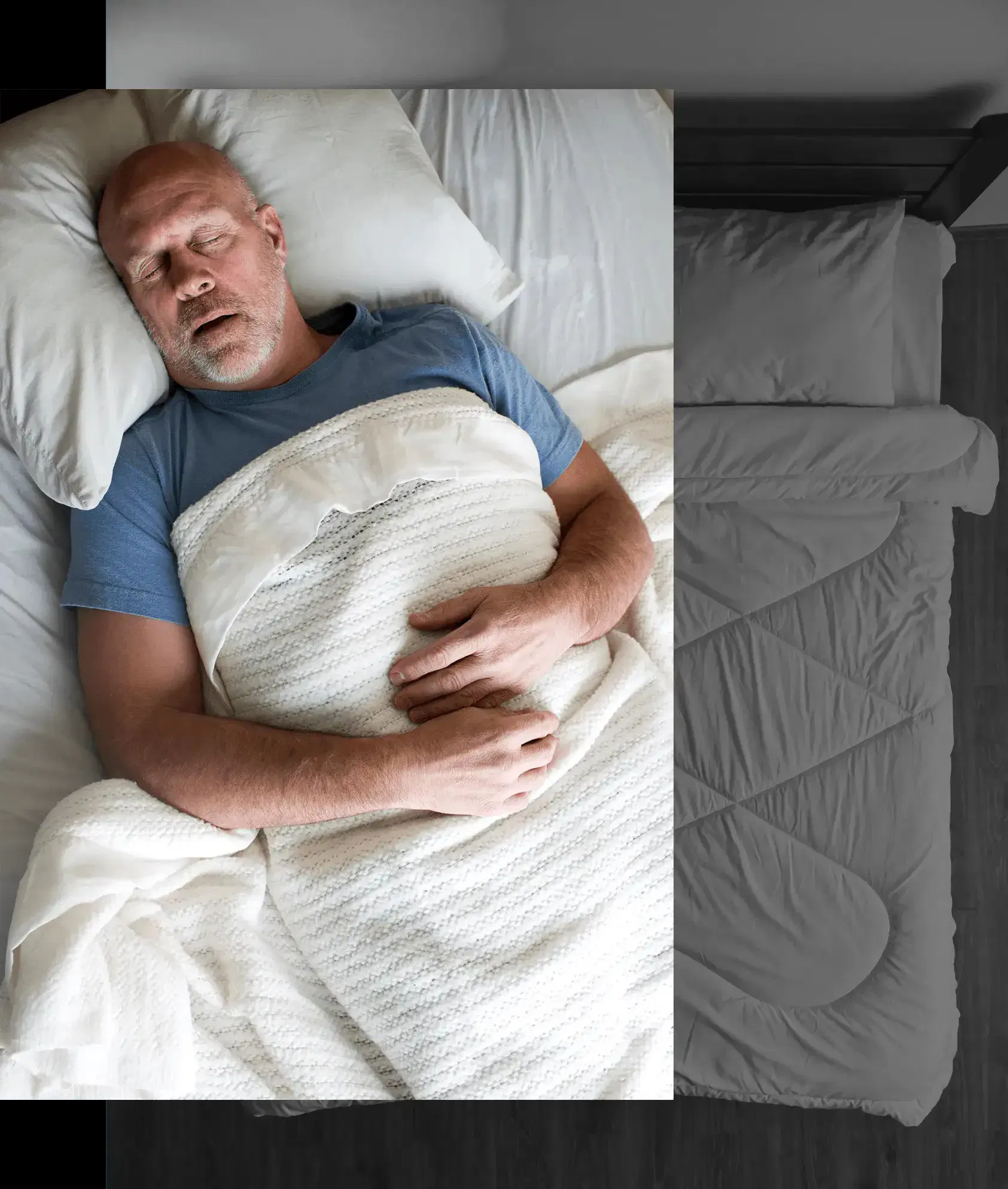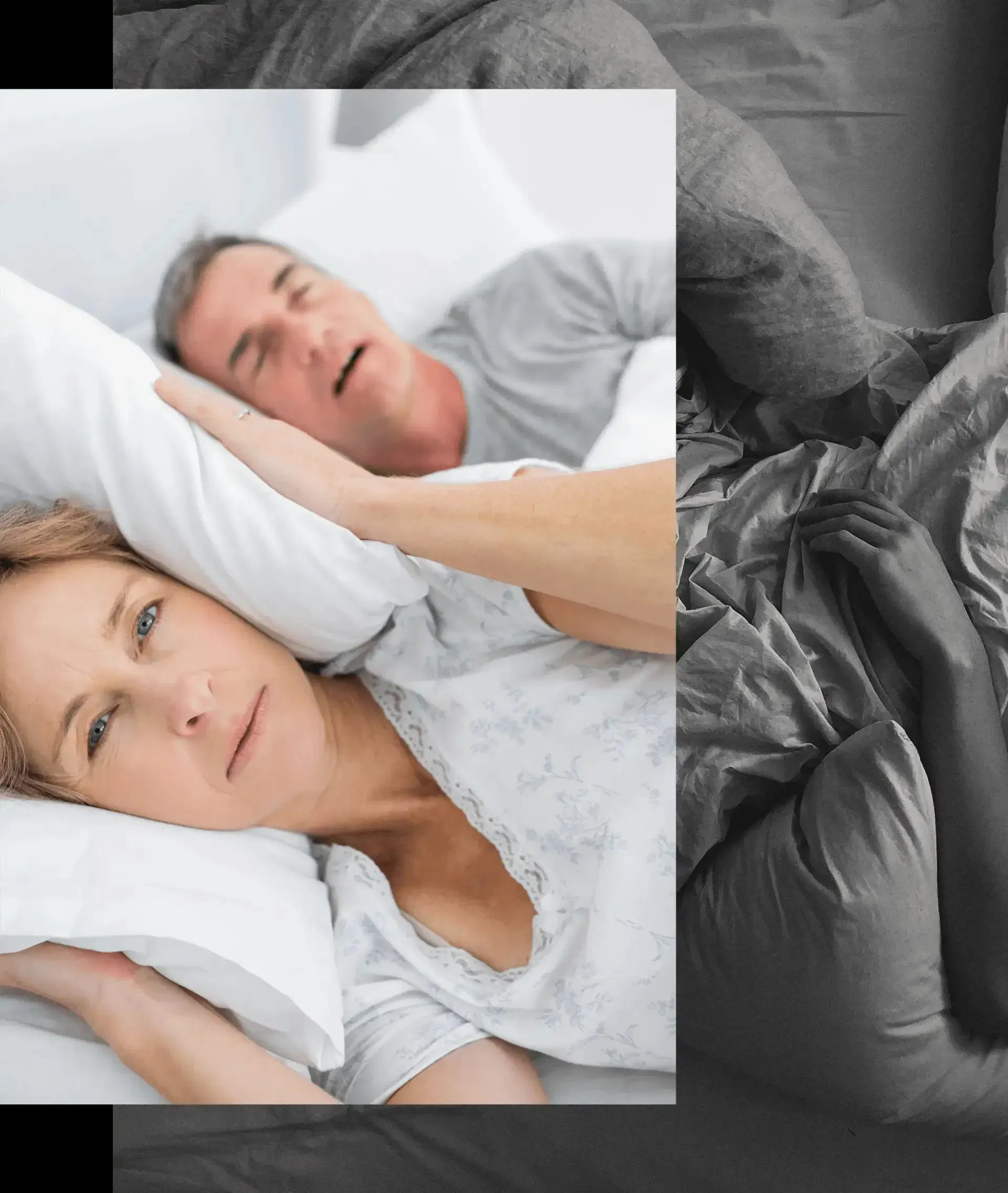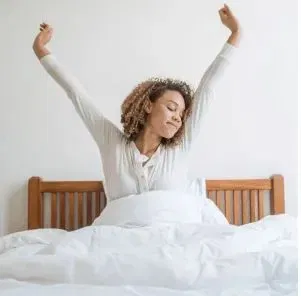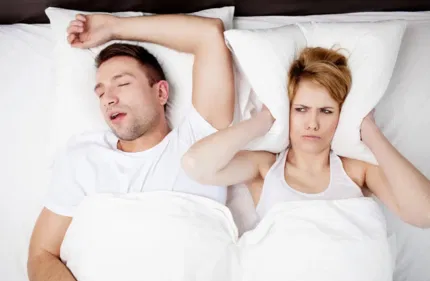
CPAP Alternatives in Naperville IL
Sleep Apnea/Snoring
Untreated OSA can contribute to:
- High blood pressure
- Stroke
- Heart disease
- Workplace accidents
- Motor vehicle accidents
Untreated OSA can contribute to:
- Loud snoring
- Wake up choking or gasping
- Waking up with a dry mouth or sore throat
- Morning headaches
- Mood changes
- Irritability
- Depression
- Frequent Night time urination
- Daytime sleepiness/fatigue
- Frequent breaks or pauses in breathing
- Acid reflux
- Clenching and grinding
- Fractured/cracked/broken teeth
- Abfraction of teeth
Greater health risks and comorbidities associated with OSA:
- Congestive heart failure
- Atrial fibrillation
- Diabetes
- Stroke
- Sudden death
- High blood pressure
- Anxiety
- Acid reflux/GERD
- Depression
- Alzheimer's Disease
- Memory loss
- Irritable bowel syndrome
Oral Appliance for Sleep Apnea
Oral appliance therapy is an effective treatment option for snoring and obstructive sleep apnea (OSA). An oral device fits over your teeth like an orthodontic retainer while you sleep and keeps your jaw forward to keep your airway clear. A custom-fit dental appliance can enhance your sleep, restore your alertness, and regenerate your health. Oral appliance therapy is a simple, non-invasive treatment that fits into your schedule. Oral appliance therapy is popular among patients since it is:
Oral appliance therapy is a simple, non-invasive treatment that fits into your schedule. Oral appliance therapy is popular among patients since it is:
- Simple to put on
- Quiet
- Portable
- Convenient
- Comfortable
Simple upkeep

Sleep Apnea Appliances
Currently there are a large number of dental oral appliances on the market that can be used to successfully treat and manage this condition. An oral devices’ primary function is either one of two things, either to retain the tongue from collapsing into and obstructing the airway, or to move the lower jaw slightly forward; hence accomplishing the same thing as to keep the airway from becoming obstructed.
The majority of patients that opt for oral appliance therapy to treat their apnea report that they no longer experience the loud snoring associated with sleep apnea and are getting a much more complete and healthy nights’ rest. An oral appliance work best with patients who are not significantly overweight and is a very viable alternative to CPAP therapy (Continuous Positive Airway Pressure).
Because there are so many appliances available, Dr. Patel will hand select the right one for you and have it custom made to treat your sleep apnea.
Treatment for Snoring and Sleep Apnea

FAQ's
Frequently Asked Questions
Sleep Apnea Procedures
Dr. Patel has a working knowledge with different types of Sleep and TMD appliances which he can choose to best treat the patient. He understands that the discomfort of living with sleep apnea or chronic pain caused by the misalignments of teeth and neck, although misunderstood it is very real.
Dr. Patel's focus is on the relief of Snoring, Sleep Apnea, Temporomandibular Joint Dysfunction (TMJ ),chronic pain, headaches, ear pain, and neuromuscular problems using conservative methods. He seeks the most advanced diagnostic and treatment techniques available. All approaches are non-invasive and non-surgical. We work closely with the patient's physicians.
Sincerely,
Dr. Hitesh Patel
Center of Excellence for TMJ and Sleep

